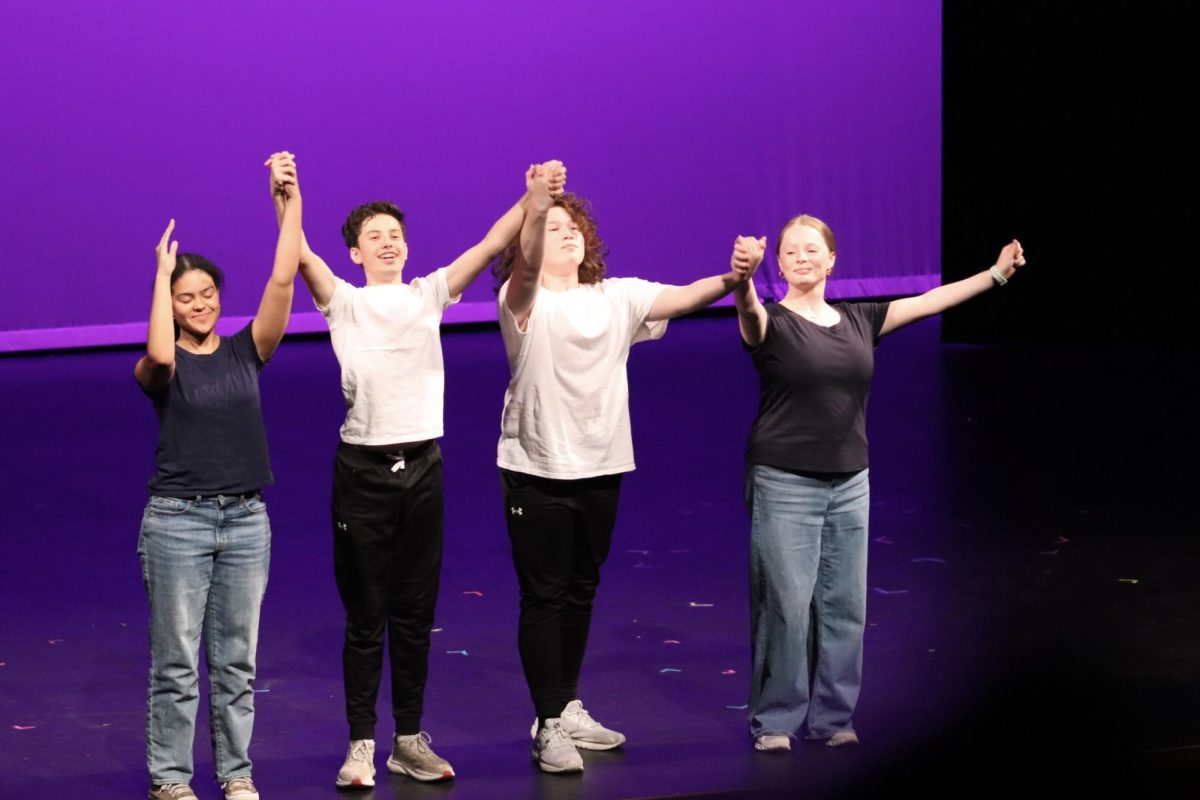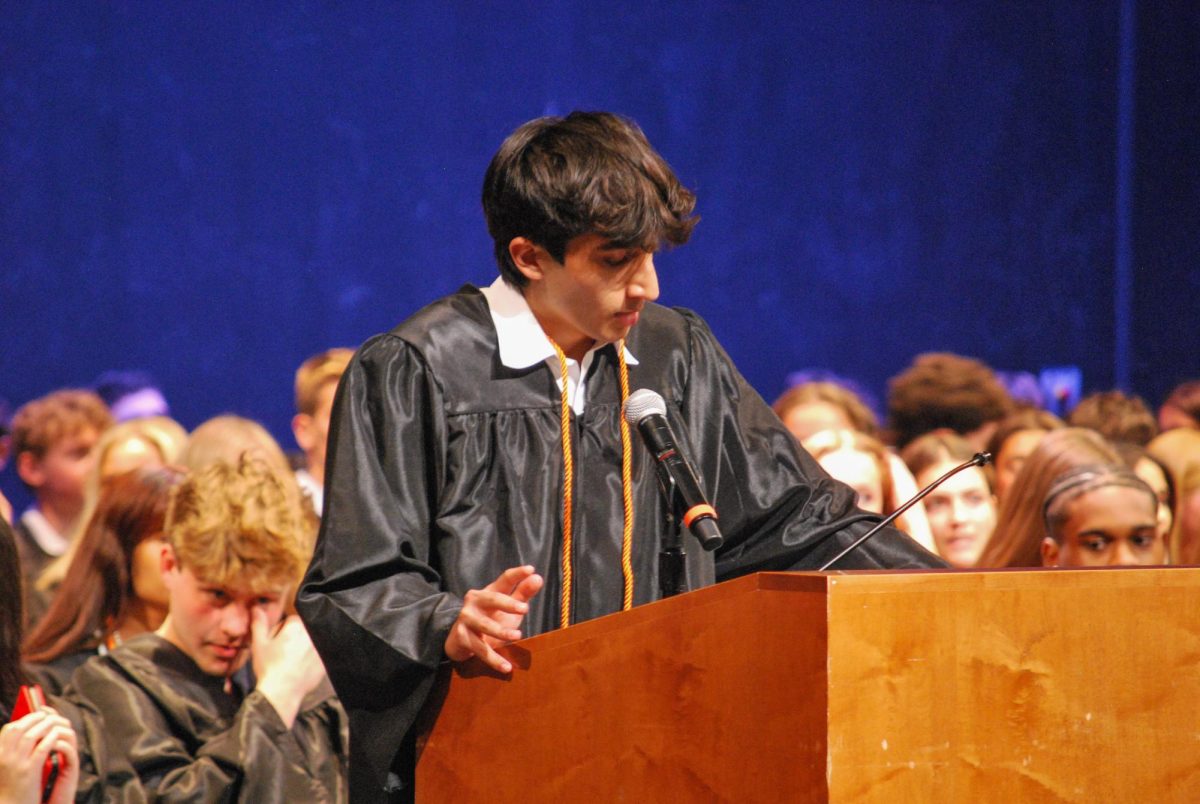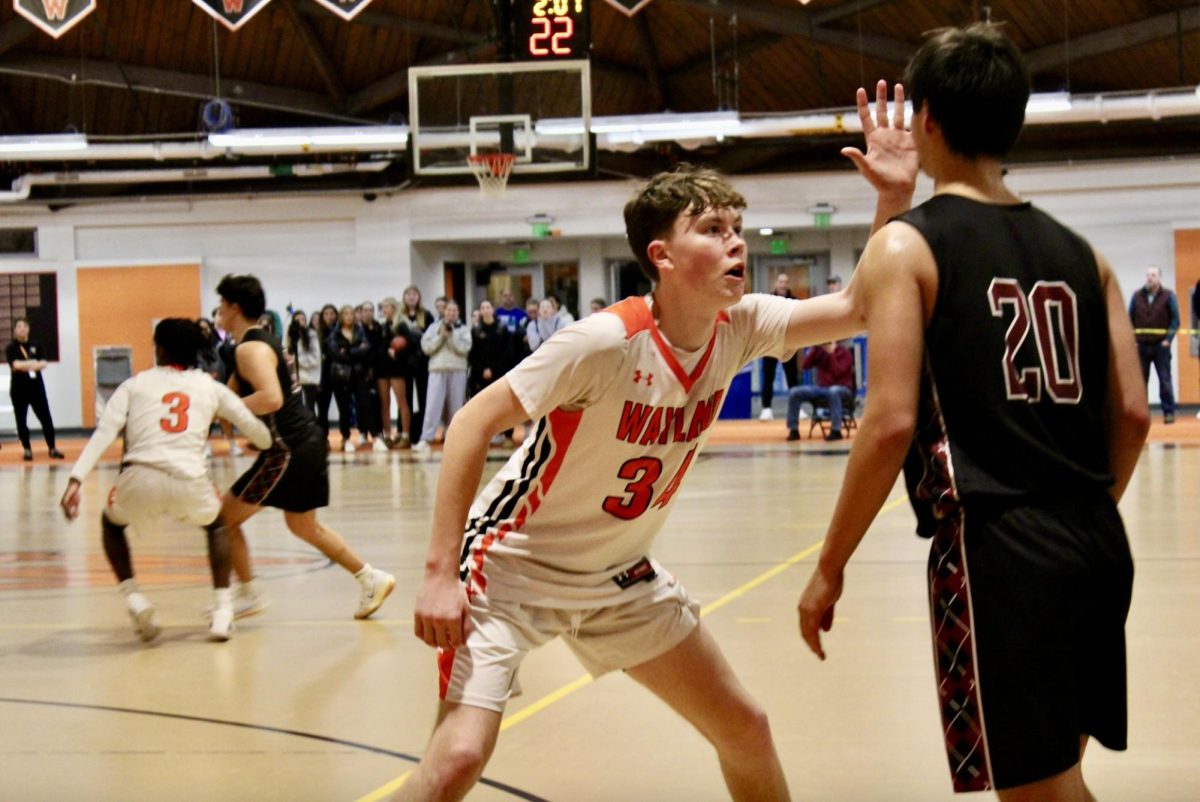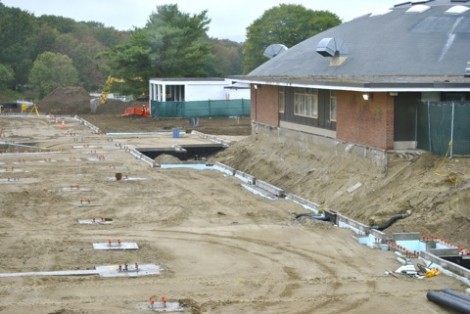
From the beeping and machinery noises in Spanish class, to the mini-earthquakes in early morning psychology, most Wayland High School students and faculty have noticed some form of the construction during their school day. Sounds and vibrations are harmless, but only if they don’t affect the learning and education here at Wayland High School.
“Some of the issues are things that are out of our control,” said Patrick Tutwiler, Wayland High School principal. “When a machine moves from here to there, it’s going to make some noise. When it backs up, you’re going to be hearing that beep. When that compaction machine is rolling, you’re going to feel some vibration, but aside from that I think people really haven’t been complaining about it. I think we’re all right, so far.”
Students and faculty have been feeling the effects across of construction campus, but some have learned to adapt.
“Sometimes it feels like we’re having an earthquake. Sometimes I’ll sit in my HOWNW class in the history building, and my brain will start shaking,” said sophomore Megan Pierce. “At the beginning of the year, it was really annoying, but now I’m like ‘Oh yeah, [they’re] drilling.’”
Principal Tutwiler is also aware of the situation in the history and language buildings, but says he has not heard complaints from students and teachers.
“Nobody’s really come to me and said, ‘you know I really have a problem with x,’ or ‘I really wish there was y’,” he said. “It’s been my sense that people have sort of gotten used to the noises and the differences.”
“It affects our social life more [than our academic life],” said senior Neeti Singhal. “ We have to figure out parking spots every day, plan lunches in advance, and it means more work for routes to class and isolates the campus a little. But during the day, it’s not really a problem.”
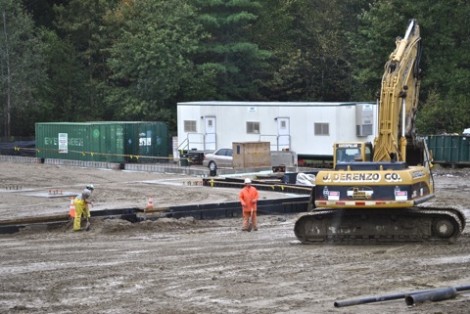
WHS history teacher Daniel Gavin teaches in H7, a classroom directly next to the construction site.
“I think the biggest picture is just the distraction factor,” said Gavin. “You’re always trying to keep kids engaged and entertained in a class, so you’ve got to work that much harder now to be able to keep their focus in the classroom.”
“The first two weeks into the year, it was tough because kids all stopped [when there was a vibration]. They would be like ‘woah’ and needed to just wait until it passed. But once it did, you could get back to teaching,” he said. “But the third week, it would happen, and I don’t think anyone even flinched. People just got numb to it. And honestly now, either it’s still happening and we just really don’t notice it, or it stopped because I haven’t noticed it in a while.”
During the summer, workers nailed the windows in H7 shut so that the debris from the construction could not enter the room. Other efforts are being made to reduce whatever distractions there are across campus. Gavin keeps the shades down while he teaches, and airs the room out with an air conditioner and a fan. Construction traffic is not allowed during school hours, to minimize impact on students and teachers.
“I think people’s expectations were so low,” said Tutwiler. “I think people were expecting to come in and find traffic all over the place, the ground shaking, and totally disruptive noises, and it hasn’t been like that. I think people have been pleasantly surprised, and I’m one of those people, I thought it was going to be a little worse than it actually is.”

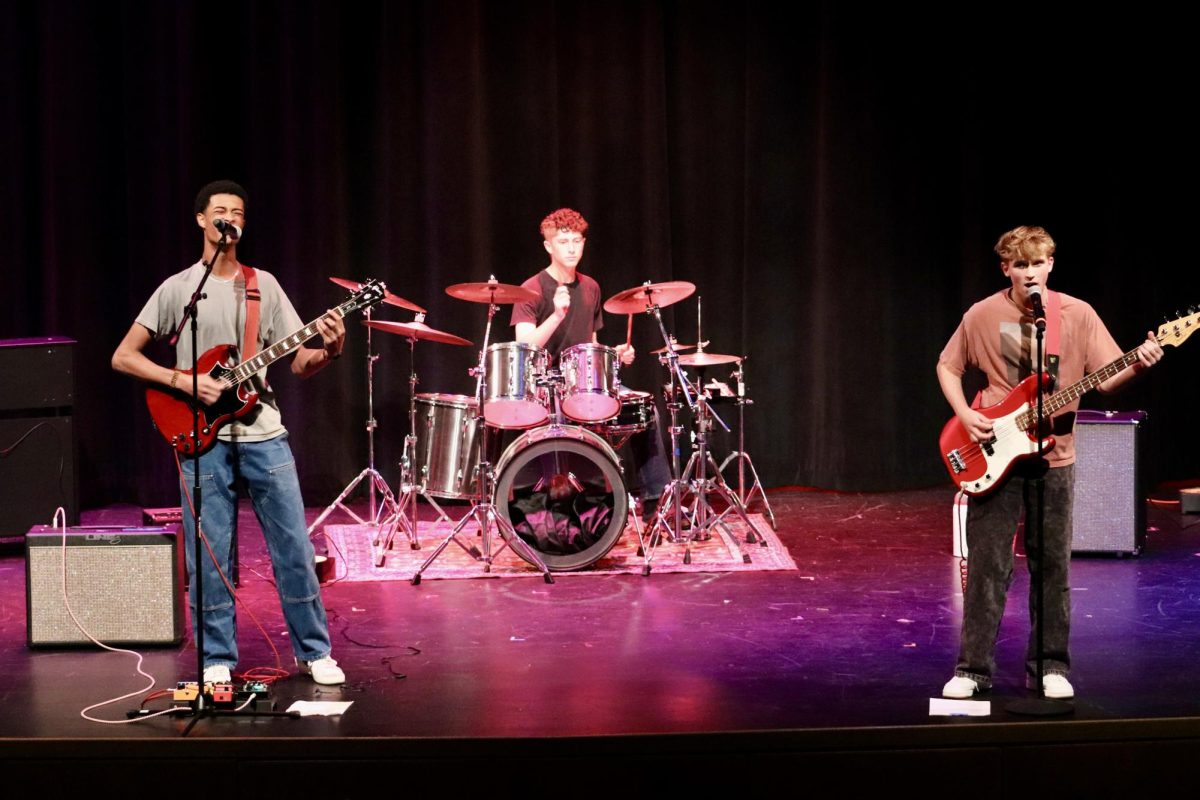



![Last Wednesday, the Wayland School Committee gathered to discuss a number of topics regarding the health curriculum and Innovation Career Pathway course. Another large topic of conversation was the ways to potentially mitigate distracting cell phone usage. "These [phones] are going to distract your learning and social relationships," Superintendent David Fleishman said. "That's concrete right there."](https://waylandstudentpress.com/wp-content/uploads/2025/06/Screenshot-2025-06-04-at-9.49.31 PM-1200x886.png)















